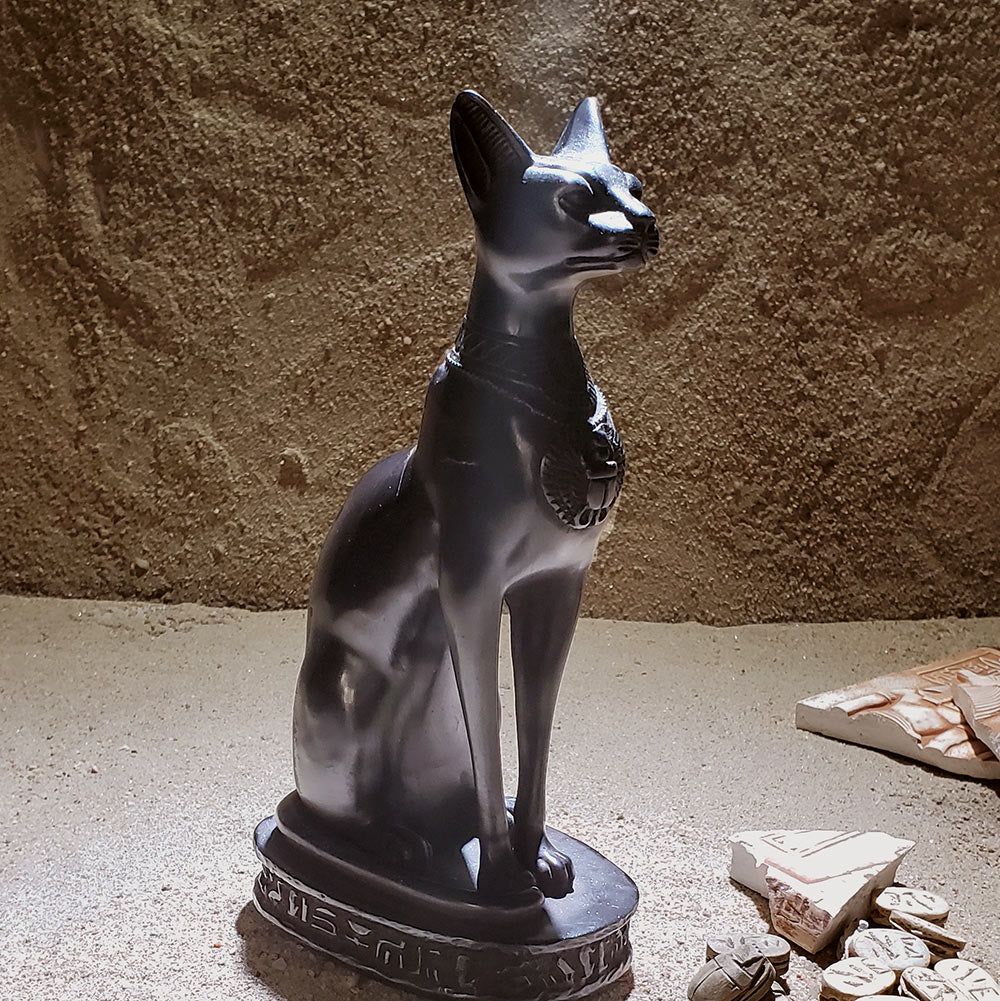Visiting the Tombs of the Nobles: A Hidden Gem in Luxor
The Sound and Light Show at Karnak Temple
Unveiling the Past: A Visit to the Grand Egyptian Museum in Cairo
Shopping at the Market in Luxor, Egypt
Esna Temple: Unveiling the Celestial Zodiac Artwork
The Serapeum at Saqqara: A Mysterious Legacy of Ancient Egypt
Discovering the Esna Temple: Add this Hidden Gem to your Egyptian travel list















